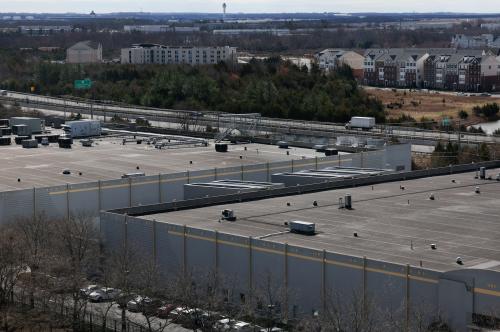ABSTRACT
Almost two years have passed since I wrote a skeptical Policy Brief on the 1996 Telecom Act. Among my criticisms were that the Act:
- Leaves two layers of regulation—state and federal—in place.
- Creates a vast new exercise in cost-based regulation for wholesale telecom services.
- Provides adverse incentives for competitive behavior from long-distance companies and Regional Bell Companies.
- Does nothing to straighten out the enormous rate distortions created by regulators in the guise of promoting universal service.
- Discourages facilities-based entry, i.e., discourages investment.
- Is inordinately complicated, creating far too many opportunities for contentious regulatory games and for litigation.
Nothing has occurred in the past twenty months to change my mind on these criticisms, but some progress is occurring.
POLICY BRIEF #13 – Update
Regulatory Overlaps and Wholesale Pricing
The struggle between the states and the Federal Communications Commission continues. The FCC’s August 1996 interconnection rules were appealed successfully to the U.S. Court of Appeals or the Eighth Circuit, but the matter now sits at the Supreme Court, which is likely to issue a ruling early next year. In the interim, the FCC’s prescription for setting interconnection rates—including unbundled network elements—at forward-looking costs is on hold. Despite this legal uncertainty, most states have gone ahead and approved agreements or arbitrations—at prices that vary widely. All of this is rather moot because there is almost no interest on the part of the new Competitive Local Exchange Carriers (CLECs) in leasing these unbundled network elements.
Entry
The pace of entry has accelerated, but it is still slow. At the end of the third quarter of 1998, the CLECs had about 2.4 percent of local lines (4.3 million lines)—limited almost entirely to business lines. About 20 percent of these were controlled by Teleport and MFS, two fiber-based carriers who antedate the Telecom Act. Of the 4.3 million CLEC lines, at least 2.5 million are simply the resale of the incumbent local companies’ lines while about another 250,000 use the incumbents’ unbundled local loops (customer connections). After three years, therefore, the competitive carriers have built out less than 1 percent of the country’s telephone lines, and virtually all of these are aimed at businesses. Even this penetration would probably not have occurred but for the fact that state regulators continue to require the regulated, incumbent carriers between 2 and 3 times the rates charged for residential connections.
Adverse Incentives
Nothing has changed. The long-distance carriers—AT&T, MCI (now part of WorldCom), and Sprint—were thought to be the most likely entrants into local services, but they have attracted less than 1 million local customers thus far. They can use this slow progress to argue against any attempt by an RBOC to enter the long-distance market, and they have done so successfully in every case filed thus far. The FCC has refused to approve any RBOC Section 271 application for long-distance entry on the grounds that the RBOC has failed to comply with some aspect of the required competitive checklist. Some RBOCs still face little competition for in-state (intraLATA) calls. Long-distance rates to consumers are still far above cost, but falling.
Distorted Rate Structure
Because competition for business customers has developed slowly in a booming national economy, state regulators have not been forced to allow the incumbent local carriers to move their rates towards costs. Residential lines are still subsidized by business lines and by long-distance calls (through carrier access charges). The excuse for keeping the price of local residential service below its cost is the need to preserve universal service even though study after study shows that the demand for telephone connections has an extremely low price elasticity. (A doubling of local rates might reduce subscribers by 0.1 to 0.3 percent!)
Investment
There is some investment in local facilities by the new CLECs, but it pales in comparison with total industry spending. Merrill Lynch forecasts that cumulative investment by the CLECs will rise by about $5 billion in 1998 and $10 billion in 1999. This compares with about $25 billion being spent each year by the old-line local carriers in recent years. Obviously, the entrants should be spending more per subscriber to enter than the incumbents are spending to keep their customer base. However, investment in new facilities in this industry is risky given the rapidly changing technology.
The Brookings Institution is committed to quality, independence, and impact.
We are supported by a diverse array of funders. In line with our values and policies, each Brookings publication represents the sole views of its author(s).



